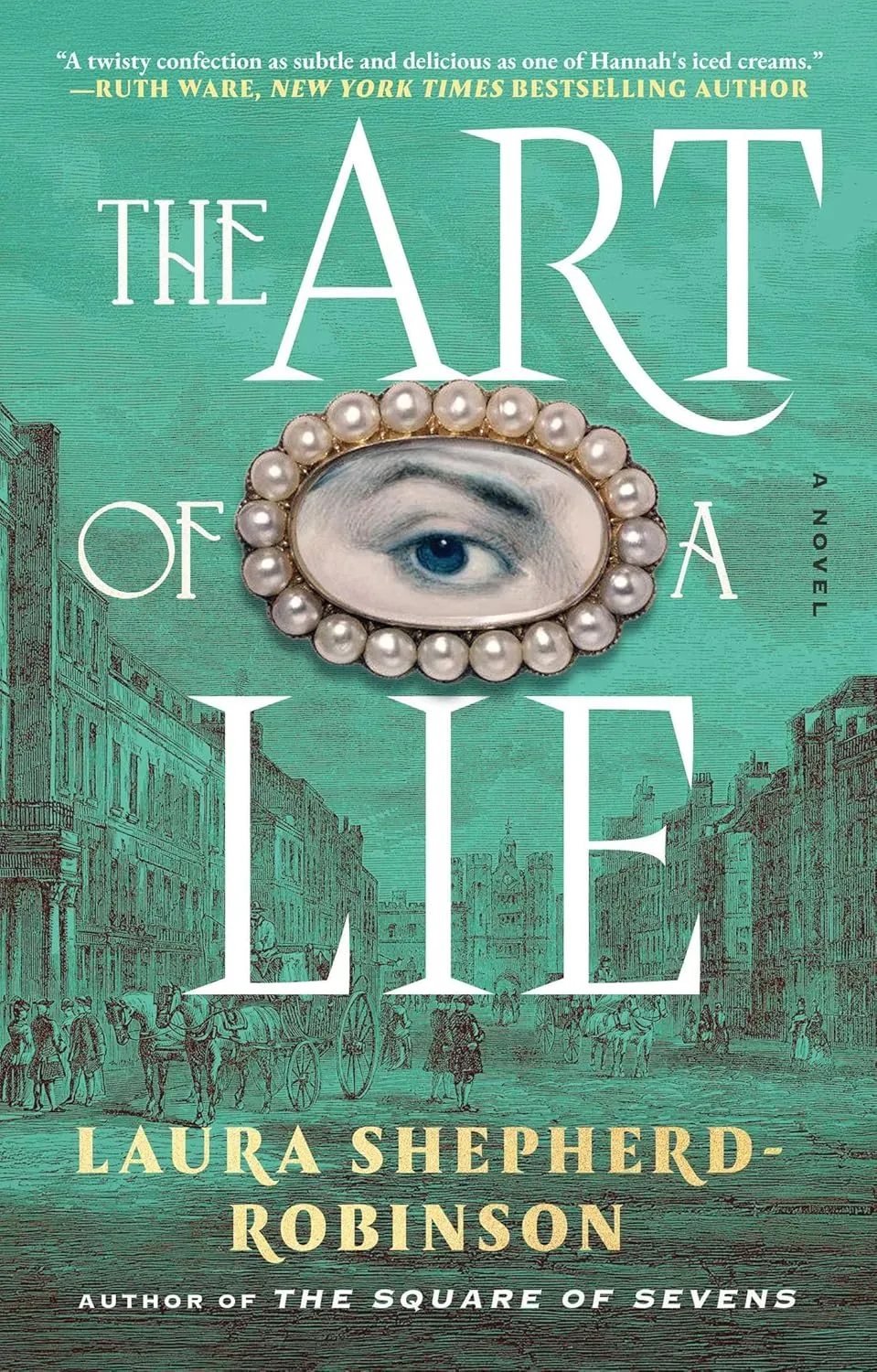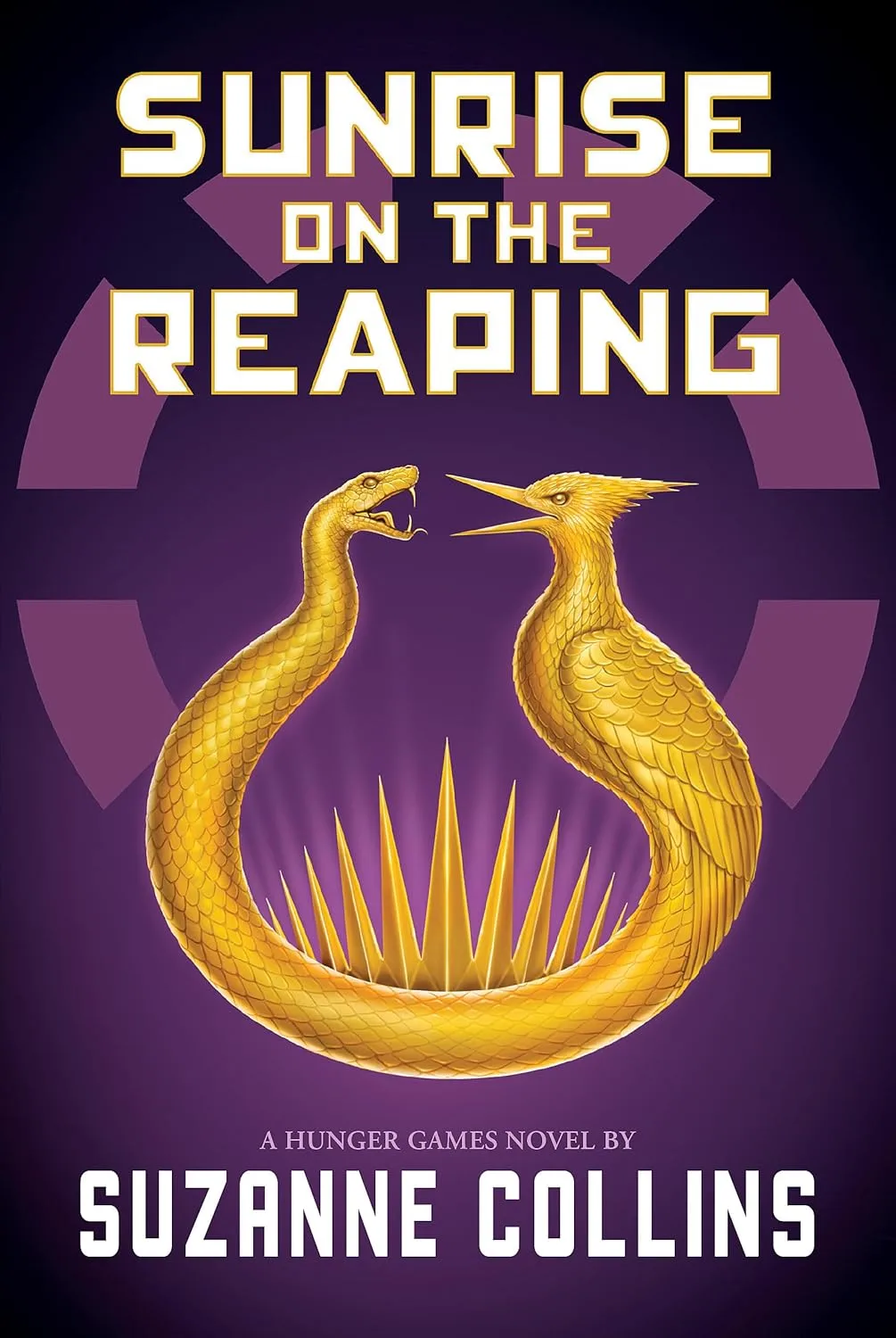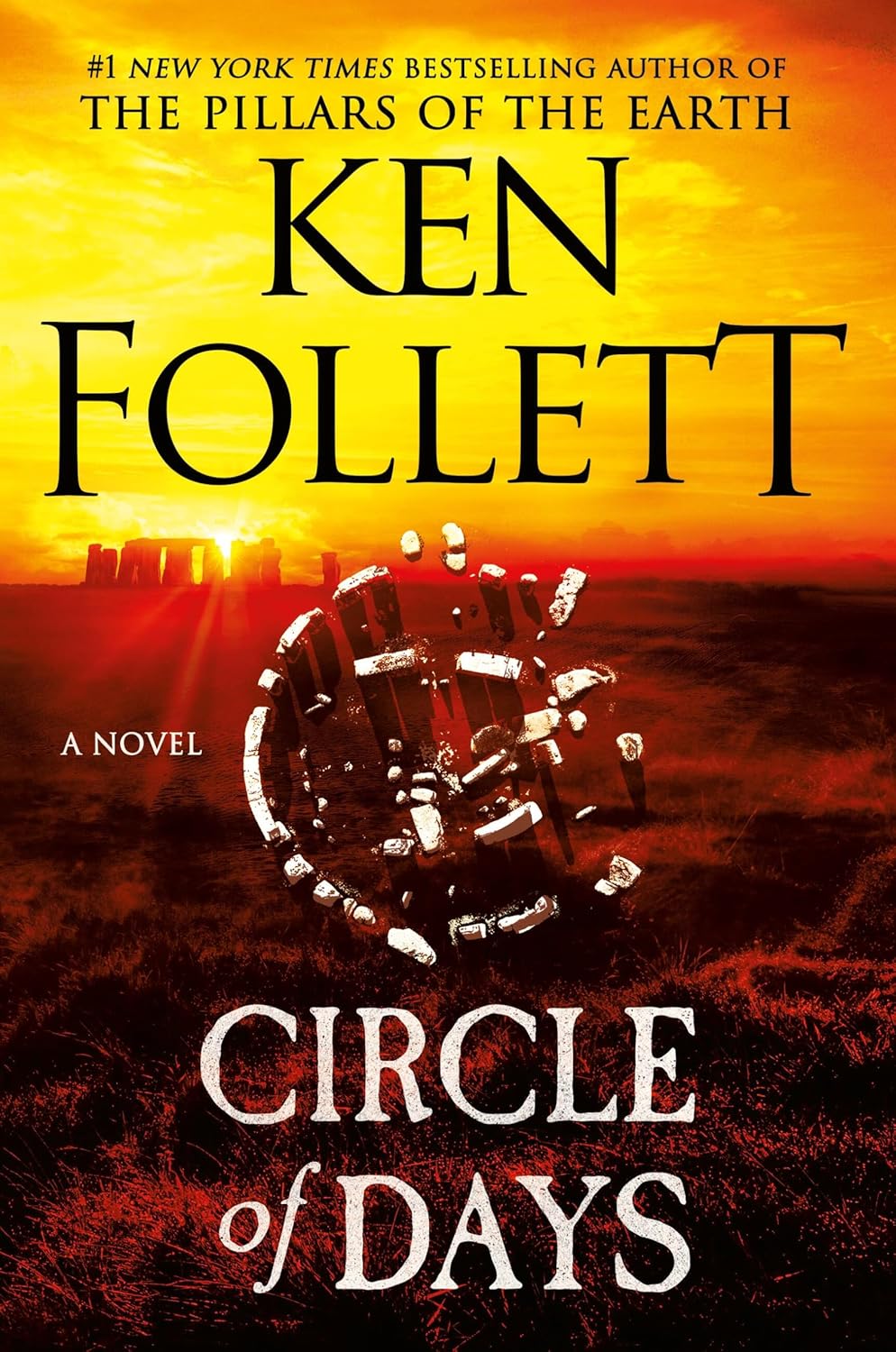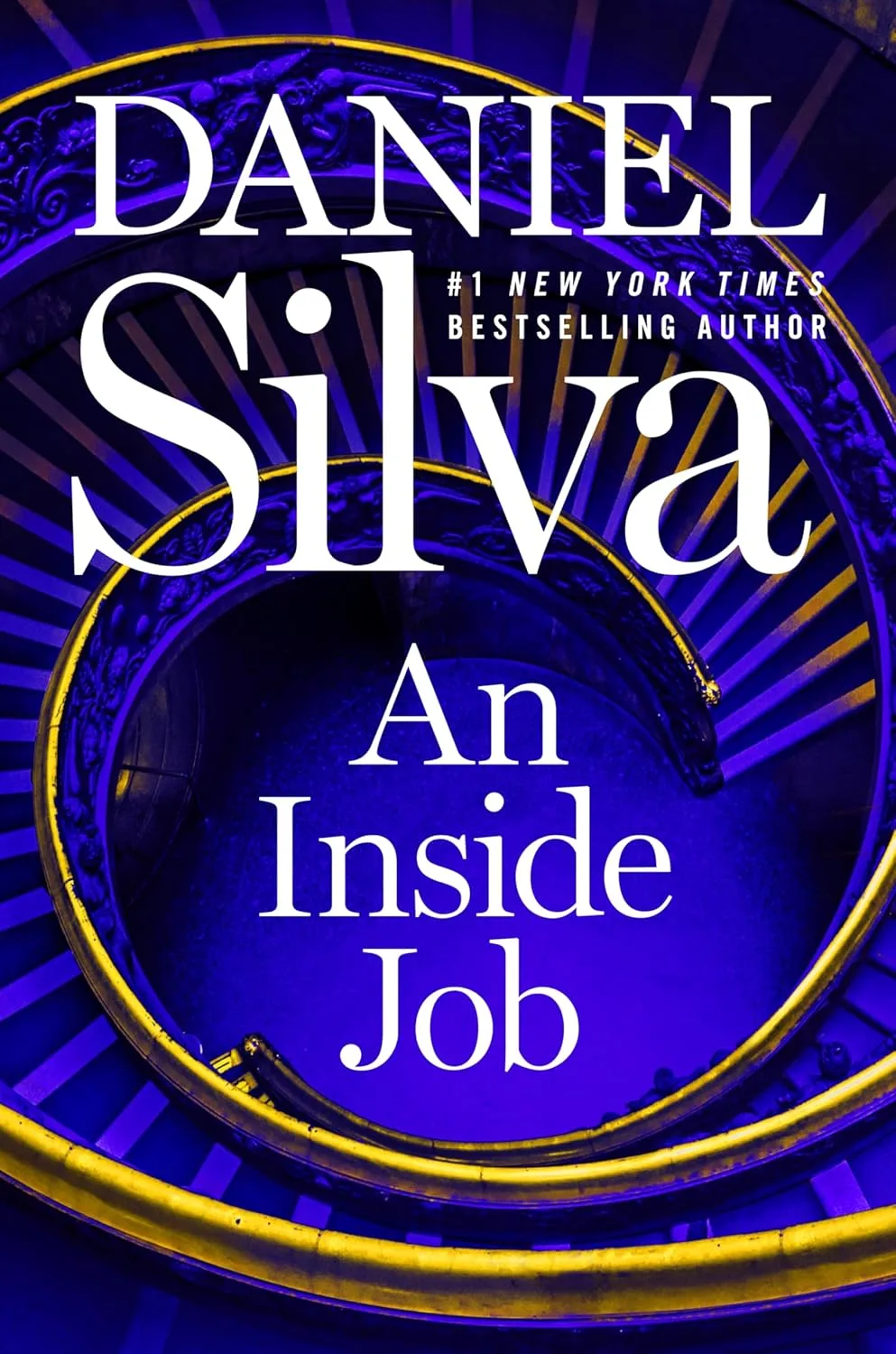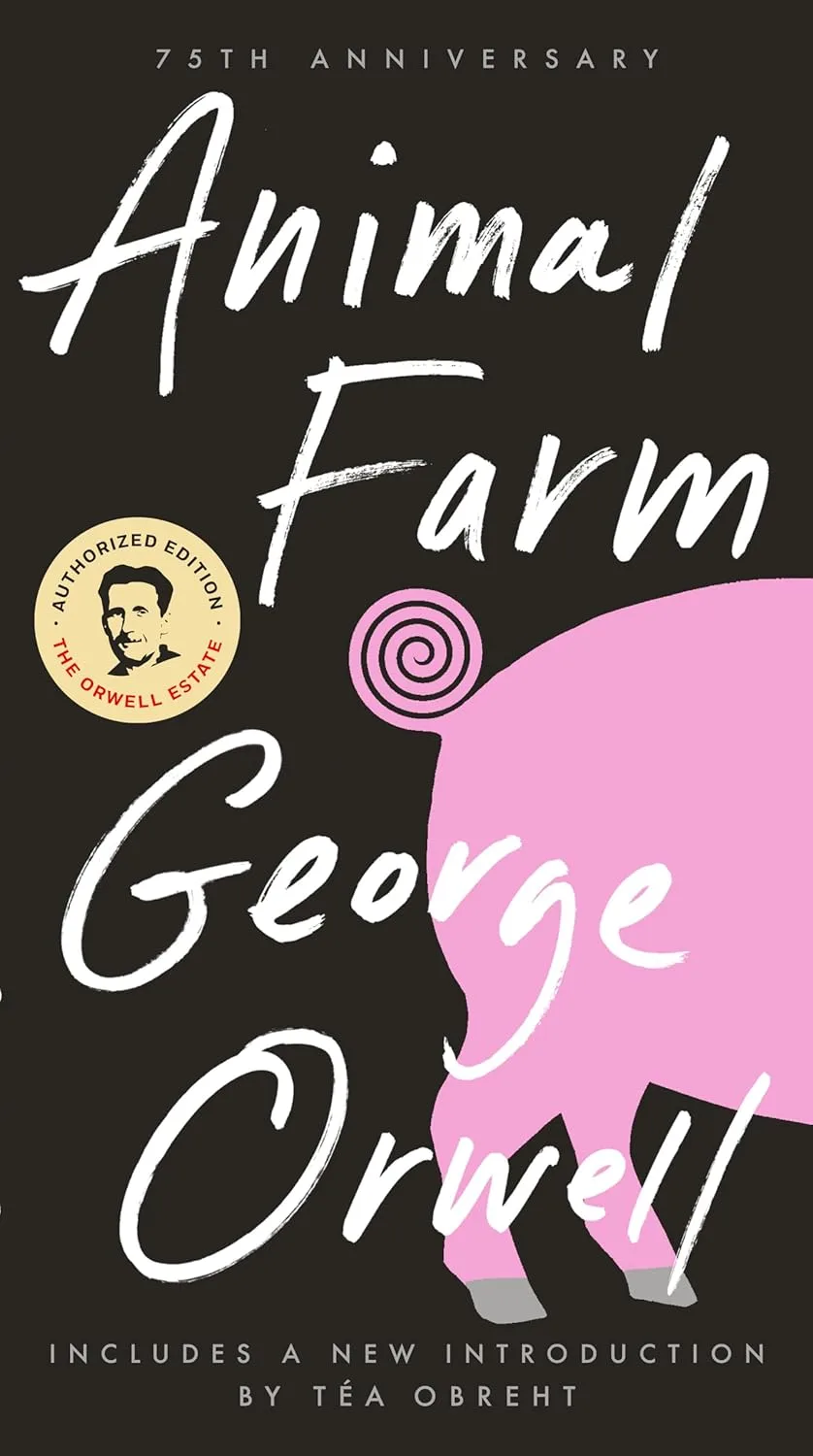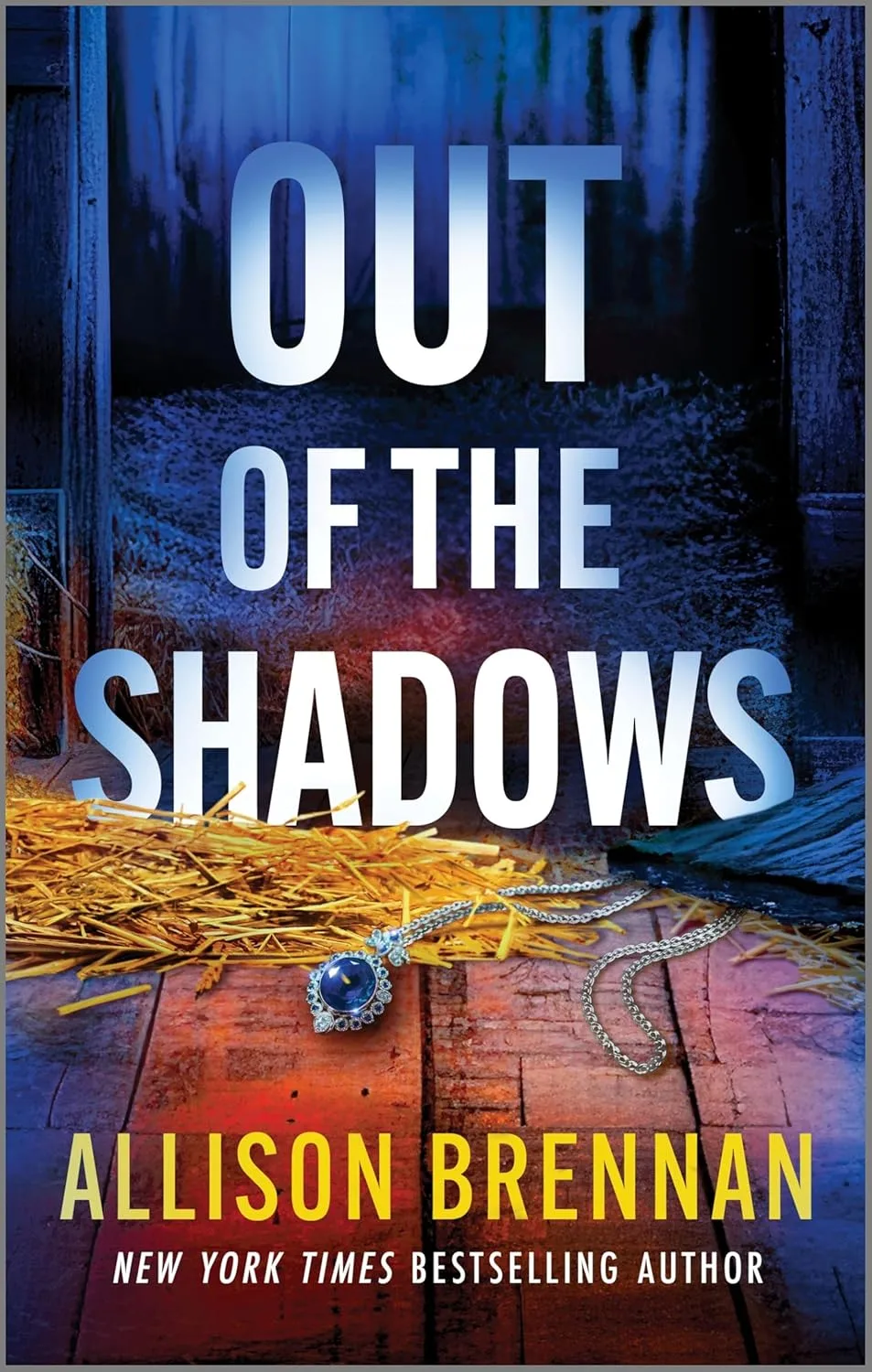Overview
Set in London, 1749, following the murder of her husband in a violent street robbery, Hannah Cole is struggling to keep her confectionery business afloat. This masterful historical crime novel weaves together themes of deception, survival, and female resilience in Georgian England, as Hannah must delve into her late husband’s secret life to save her inheritance, her shop, and her very reputation, finding herself entangled in a battle of wits far more dangerous than she could ever have imagined.
Key Takeaways
| Element | Details |
|---|---|
| Setting | Georgian London, 1749 |
| Genre | Historical fiction, thriller, and crime drama |
| Protagonist | Hannah Cole, widowed confectioner |
| Central Conflict | Uncovering husband’s secrets while fighting to save her business |
| Narrative Style | Dual narrator cat-and-mouse game |
| Tone | Suspenseful, atmospheric, intricately plotted |
Book Structure
The Art of a Lie is the fourth novel from Laura Shepherd-Robinson and functions as a standalone work not connected to her previous books, although still set in Georgian England. The novel employs a dual-narrative structure that creates tension through alternating perspectives, allowing readers to experience the story as both predator and prey in the psychological thriller elements.
The book opens with the compelling line: “That’s the trouble with stories, especially the ones you write for yourself. Sometimes you think they’ve ended, when they’ve barely begun…”
About the Author
Laura Shepherd-Robinson is a Sunday Times and USA Today Bestselling Author, known for works including Square of Sevens, Daughters of Night, and Blood & Sugar. She is recognized as a brilliant writer of historical crime fiction who creates totally immersive worlds, well-rounded characters and some absolutely amazing twists. Her expertise in Georgian England settings and her ability to craft intricate mysteries have made her a standout voice in historical crime fiction.
Why This Book Resonates
The novel resonates deeply because it addresses timeless themes through a historical lens. Hannah Cole’s struggle as a woman trying to maintain her business independence in 18th-century London mirrors contemporary challenges faced by women entrepreneurs. The fact of a woman being the sole owner of a business was considered somewhat scandalous, making Hannah’s determination to survive particularly compelling.
The book’s exploration of how we construct narratives about our own lives, suggested by its opening quote about stories we write for ourselves, speaks to universal human experiences of self-deception and the discovery of uncomfortable truths.
Ideal Audience
Perfect for readers who enjoy:
- Historical crime fiction set in Georgian England
- Strong female protagonists fighting against societal constraints
- Intricate plots with psychological thriller elements
- 18th century settings, mysteries to be solved, and surprising plot twists
- Authors like Ruth Ware, Kate Mosse, and other historical mystery writers
- Atmospheric period pieces with authentic historical detail
Appeals to fans of:
- Bridgerton-era historical settings with darker undertones
- Female-centered narratives of survival and resilience
- Complex mysteries that blend personal drama with historical context
Memorable Quote
“That’s the trouble with stories, especially the ones you write for yourself. Sometimes you think they’ve ended, when they’ve barely begun…”
This opening line encapsulates the entire novel’s theme about self-deception, the stories we tell ourselves, and how the past refuses to stay buried. It perfectly sets up Hannah’s journey from thinking her story with her husband ended with his death, only to discover it was just beginning.
Central Themes
| Theme | Description |
|---|---|
| Deception & Truth | The art of lying extends beyond simple falsehoods to the complex ways people deceive themselves and others |
| Female Resilience | Hannah’s fight to maintain independence in a male-dominated society |
| Hidden Lives | The secrets we keep and how they eventually surface |
| Class & Commerce | The Georgian London of the striving middle classes and those who would prey upon them |
| Survival | Both literal and social survival in 18th-century England |
| Justice vs. Revenge | The fine line between seeking justice and pursuing personal vengeance |
Plot Elements & Character Dynamics
Hannah Cole is trying to get her life and her business back on track after the murder of her husband, facing challenges as women in business are not trusted, and everyone is trying to take advantage to ensure that she fails. The introduction of William Deveraux, who claims to be a friend of her late husband, adds another layer of complexity and potential danger to Hannah’s already precarious situation.
The novel’s strength lies in its colorful details and intriguing characters of Georgian London woven into a game of cat and mouse, in which both of the narrators are very much in both roles.
Critical Reception
The book has received praise from notable authors, with Ruth Ware, author of The Woman in Cabin 10, stating “I loved it”. Critics have noted that Shepherd-Robinson tells the story “with authority and panache” and “takes us on a breathtaking, tension-filled, kaleidoscopic whirl” through Georgian London.
One reviewer called it “one of my favourite so far of 2025”, highlighting the book’s contemporary appeal despite its historical setting.
FAQ
Q: Is this book part of a series? A: No, this is a standalone novel not connected to her previous books, making it an excellent entry point for new readers.
Q: How historically accurate is the setting? A: Shepherd-Robinson is known for her meticulous research and authentic period details, creating an immersive Georgian London experience.
Q: Is this suitable for readers new to historical crime fiction? A: Absolutely. The engaging plot and strong character development make it accessible while the historical elements add rich context without overwhelming modern readers.
Q: How does this compare to the author’s other works? A: It has many of the same elements as her other books – an 18th century setting, a mystery to be solved, lots of surprising plot twists.
Final Thoughts
The Art of a Lie demonstrates why Laura Shepherd-Robinson has become a leading voice in historical crime fiction. The novel succeeds on multiple levels: as a period piece that authentically captures Georgian London, as a thriller that maintains tension throughout, and as a character study of a woman refusing to be defeated by circumstances beyond her control.
The book’s exploration of truth, deception, and the stories we tell ourselves gives it psychological depth that elevates it beyond simple historical mystery. Hannah Cole emerges as a compelling protagonist whose journey from victim to active participant in her own destiny provides both entertainment and inspiration.
For readers seeking intelligent historical fiction that doesn’t sacrifice plot for period detail, or crime fiction that doesn’t rely solely on shock value, The Art of a Lie offers a sophisticated blend of both genres. It’s a testament to the power of well-researched historical fiction to illuminate both past and present human experiences.

